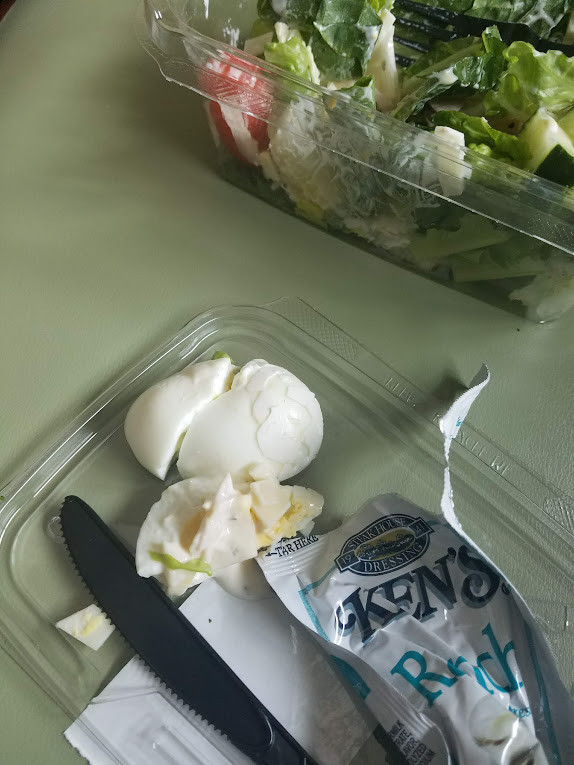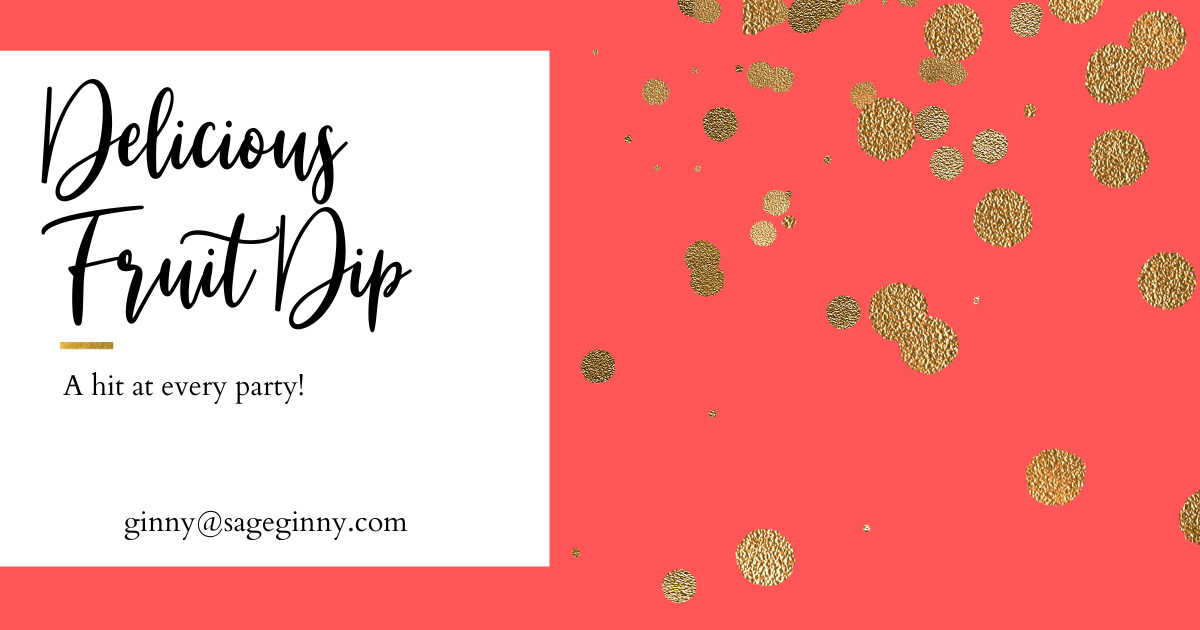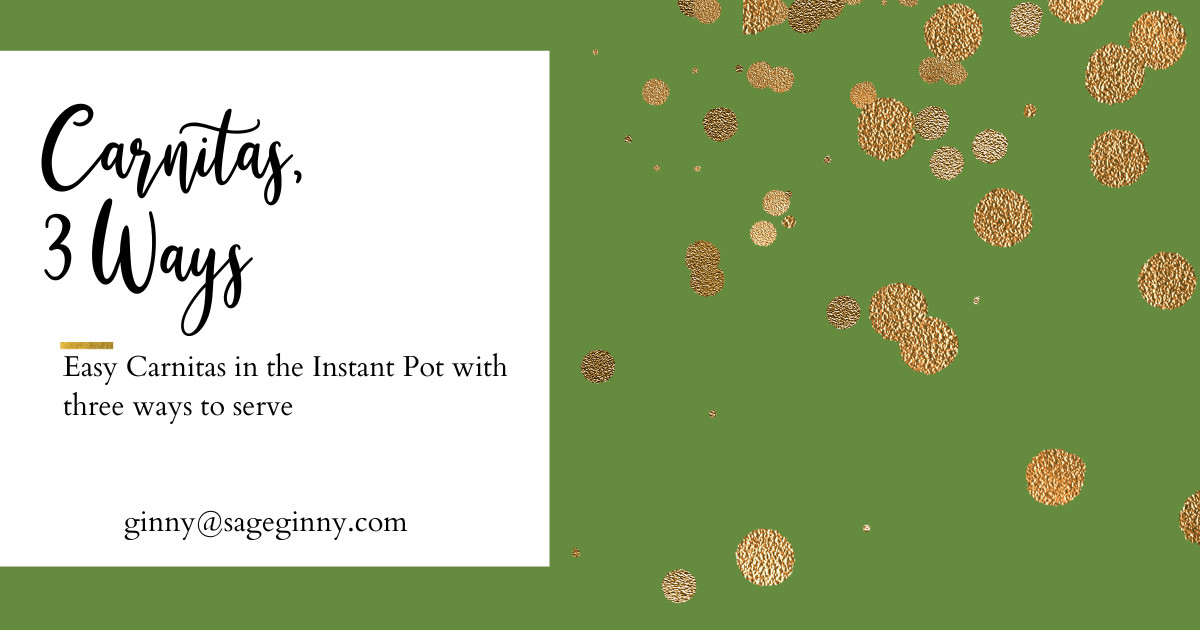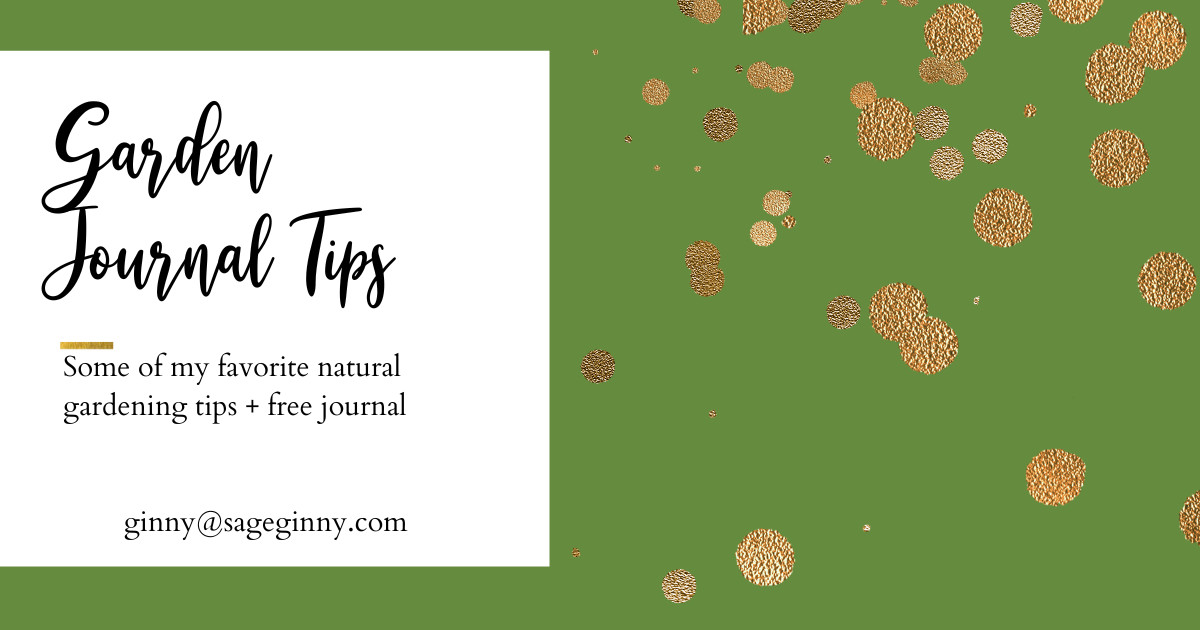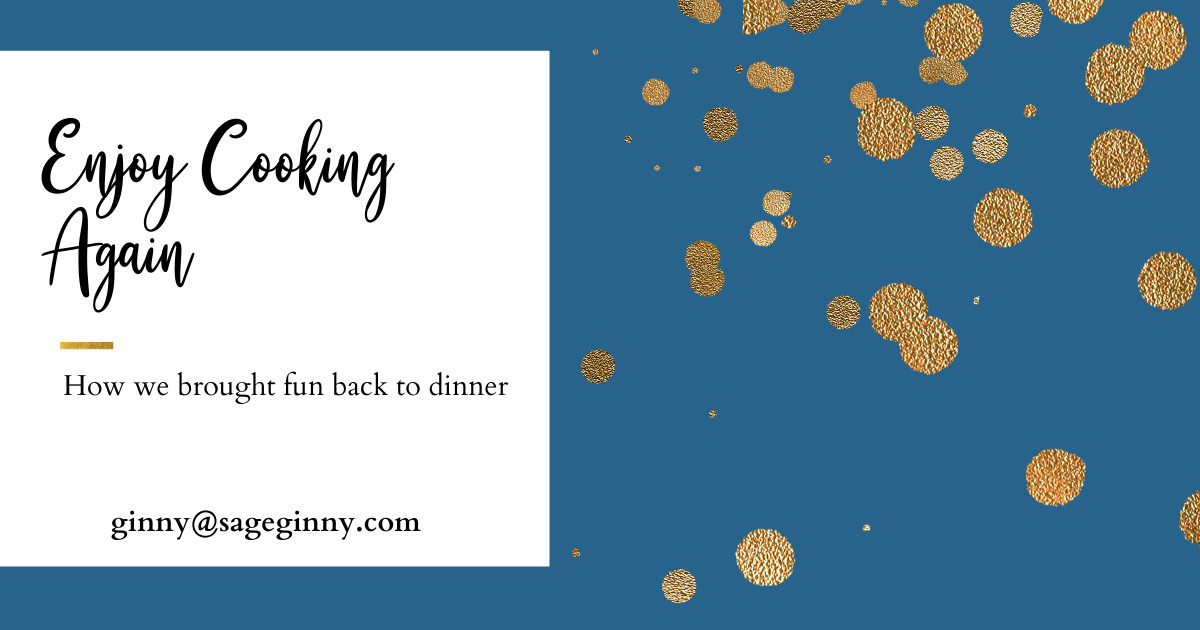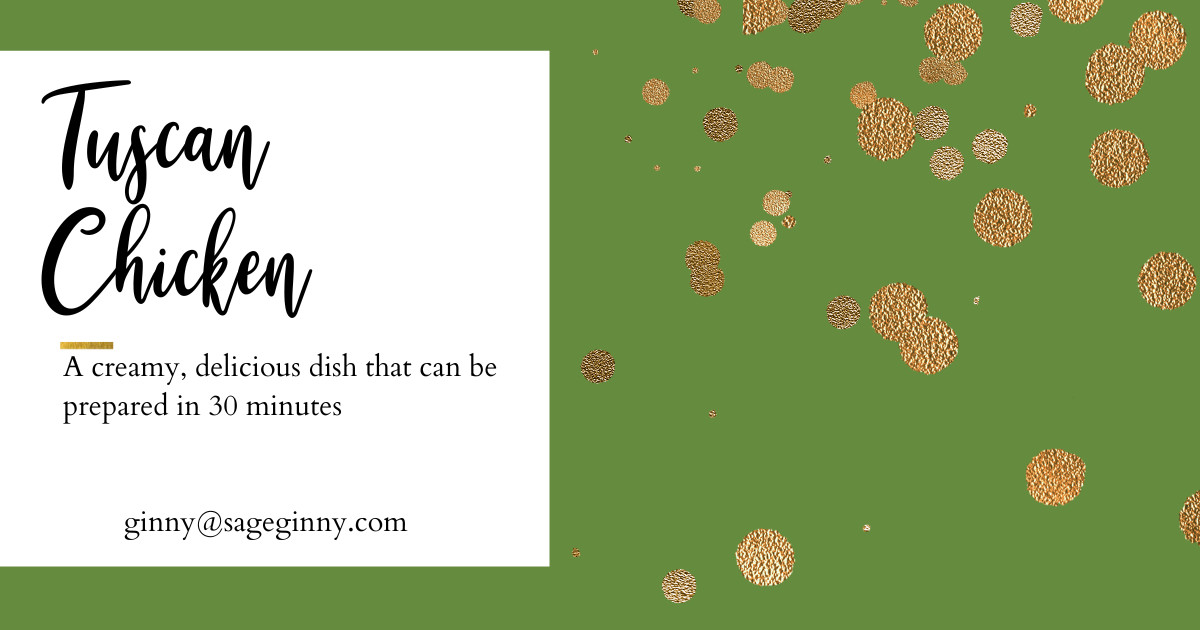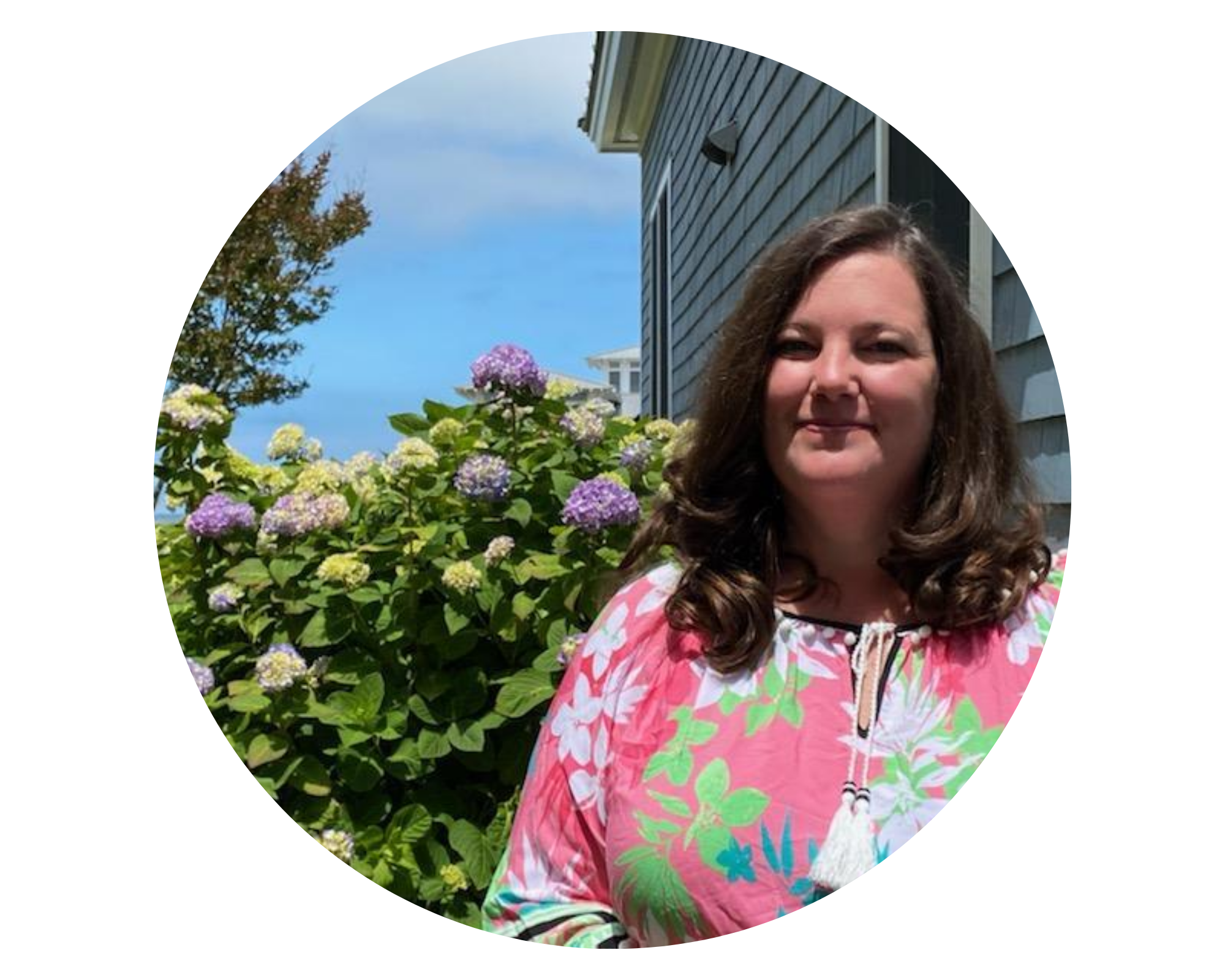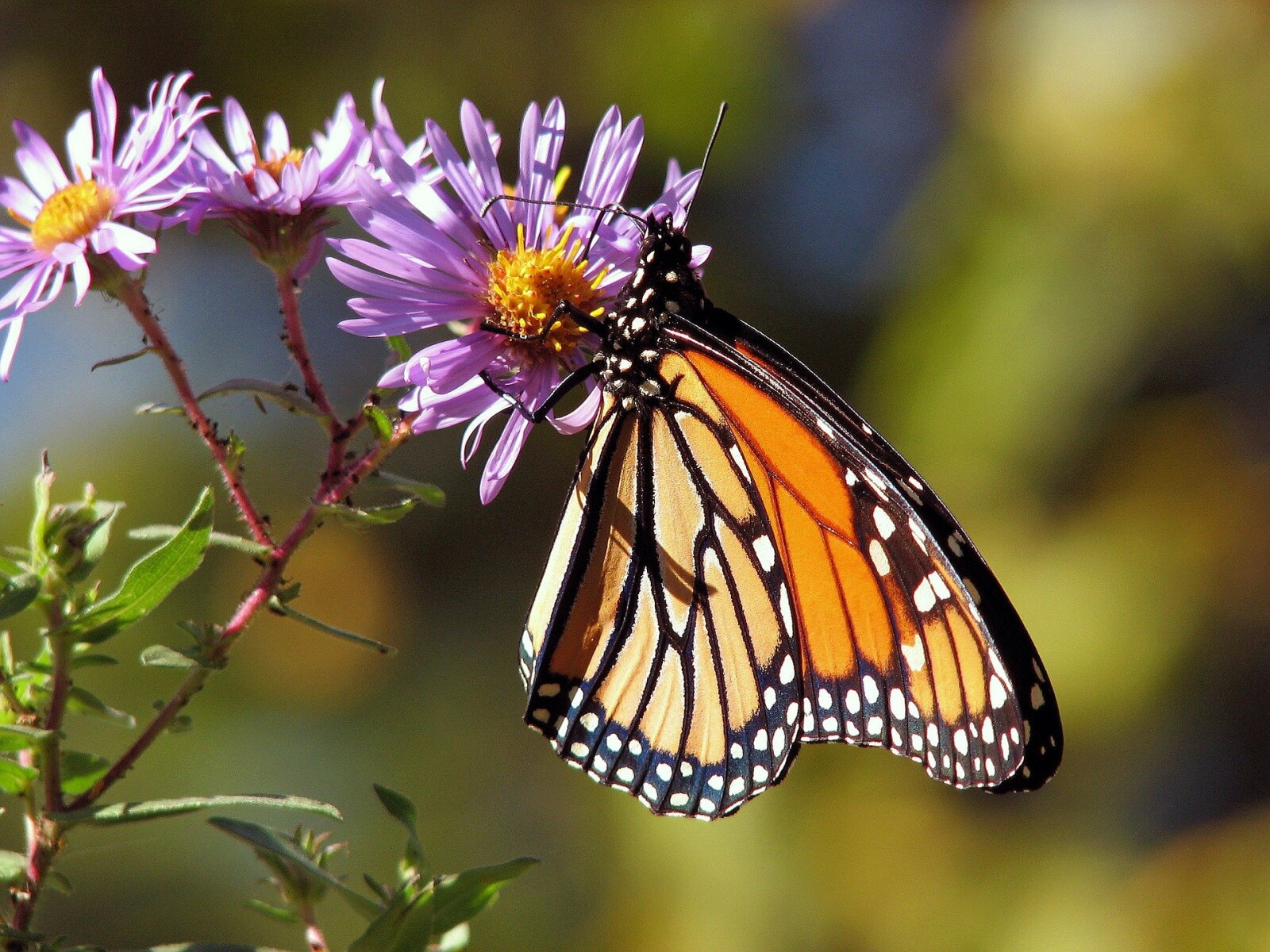
Years ago, when we first made the decision to homeschool, one of the first things we did was to plant a butterfly garden. The kids had so much fun choosing plants and seeds, and I let them plant without any particular plan in mind. Every year we add a few more plants, but this year we are really upping our game, hopeful for a bustling butterfly location. Since so many people are becoming aware of the importance in supporting pollinator populations, I thought some simple tips would help you get started.
1. Know your growing zone. If you’ve never gardened before, a simple online search will tell you what the zone is for where you live. Fortunately, many butterfly-friendly plants are hardy across several zones, so you’ll have plenty from which to choose. It is a suggestion because you don’t want to invest your time and energy into a gorgeous plant that really only likes to grow in Florida if you live in Maine.
2. Decide your feelings about native versus non-native plants. Some people have VERY strong opinions on this subject, so be forewarned before you engage in online conversation on this topic. There are many wildflowers and local options if you want to stick with those. My personal thought (which counts for nothing, so feel free to ignore it) is that weather can often cause butterflies to be off course of their usual areas, so I plant a variety of host and nectar plants.
3. Choose both host and nectar plants, as well as some resting spots. What the heck does that mean, you ask? Host plants provide places for butterflies to lay their eggs, and some also give the caterpillars food to eat as they grow. Nectar plants provide the nutrition to the butterflies once they undergo metamorphosis. Resting spots, such as rocks or a small birdbath, provide downtime from flapping those beautiful wings.
Need help deciding? There are so many plants from which to choose, so here are a few of my favorites. I love mixing in herbs with flowers!
Host plants: parsley, dill, fennel, Baptisia
Nectar plants: butterfly bush, purple coneflower, bee balm, black-eyed Susan, sedum, zinnias, yarrow, verbena, lantana, salvia, cleome, common sage
Both: butterfly weed, aster, Angelica, perennial snapdragons, daisies
If you want a more organized butterfly garden, you can find lots of free plans online. For a free printable garden journal, you can find a great one here.
Happy planting! Please send me photos of your wonderful creations!



